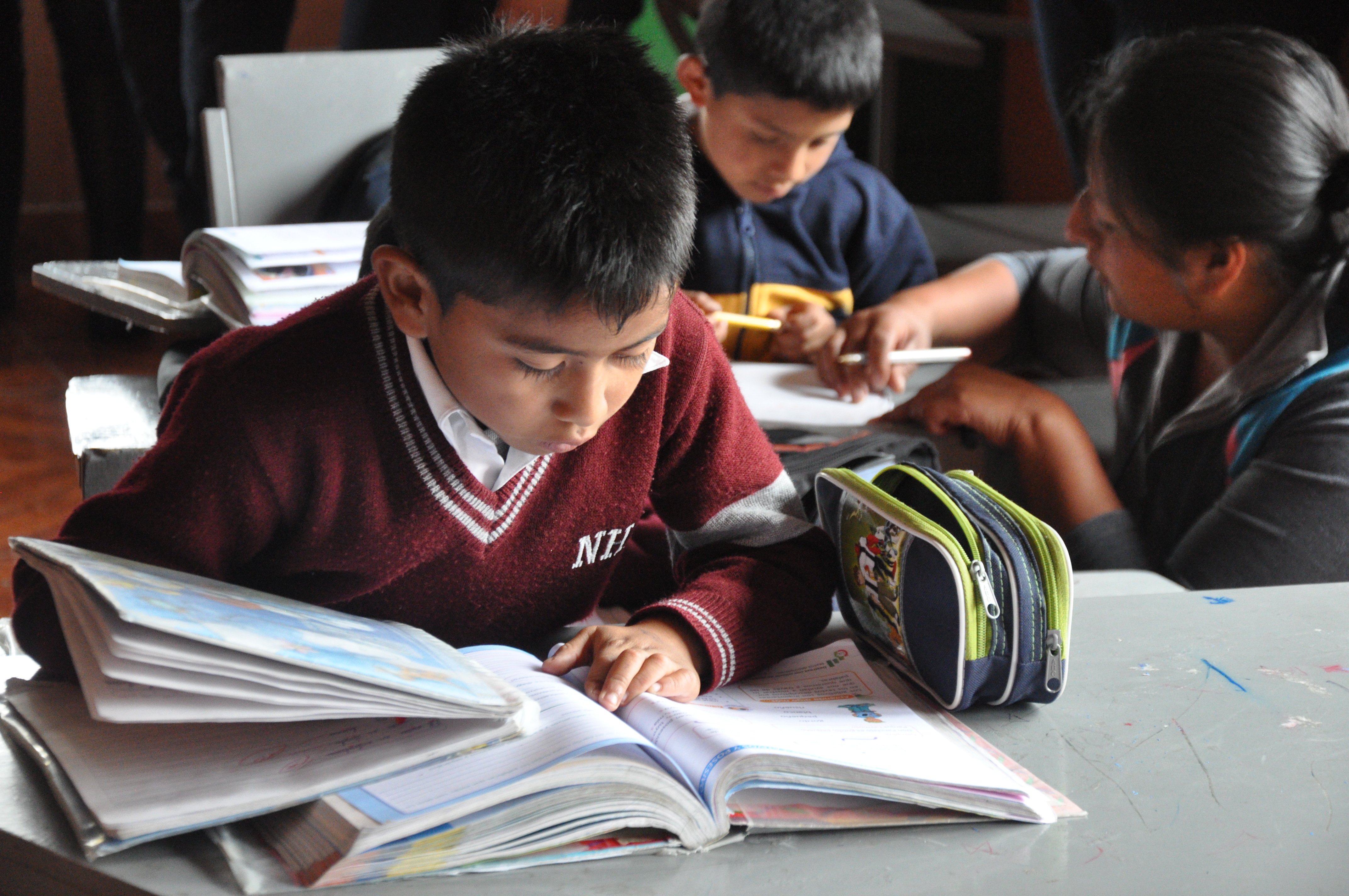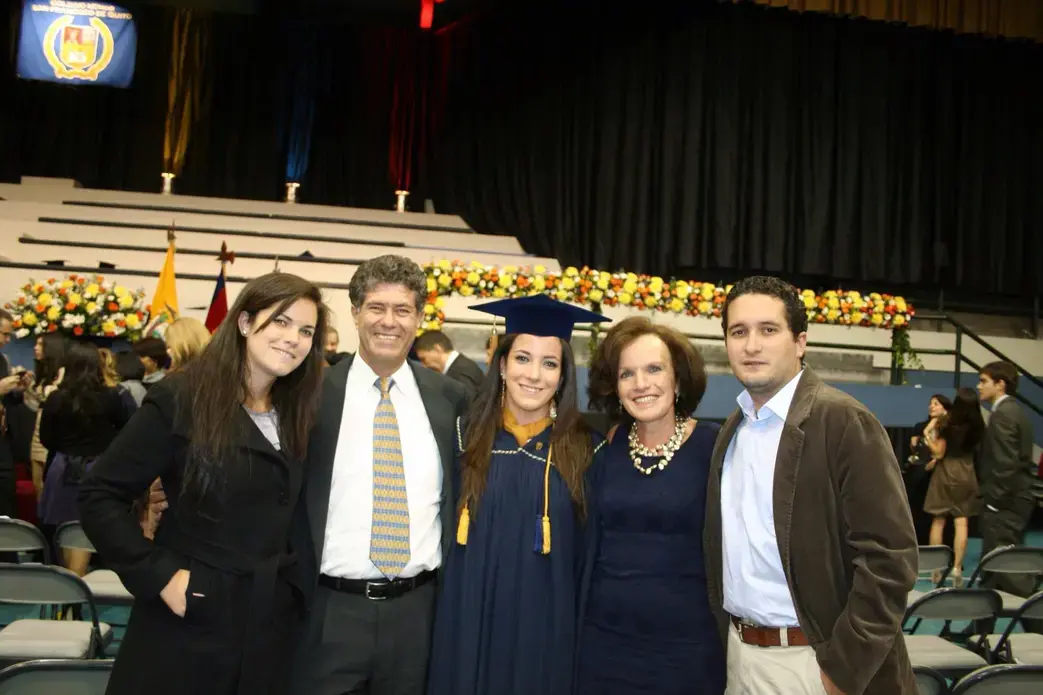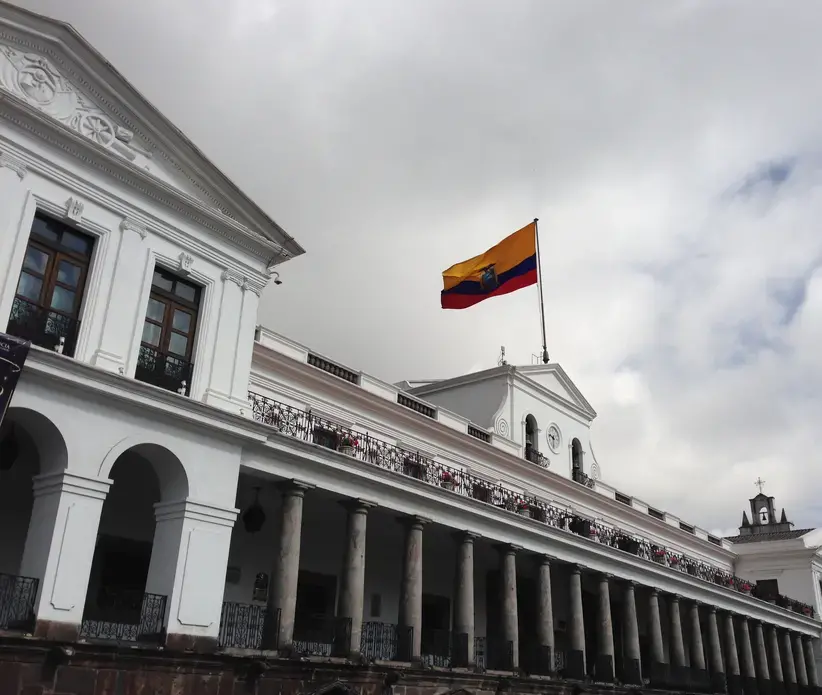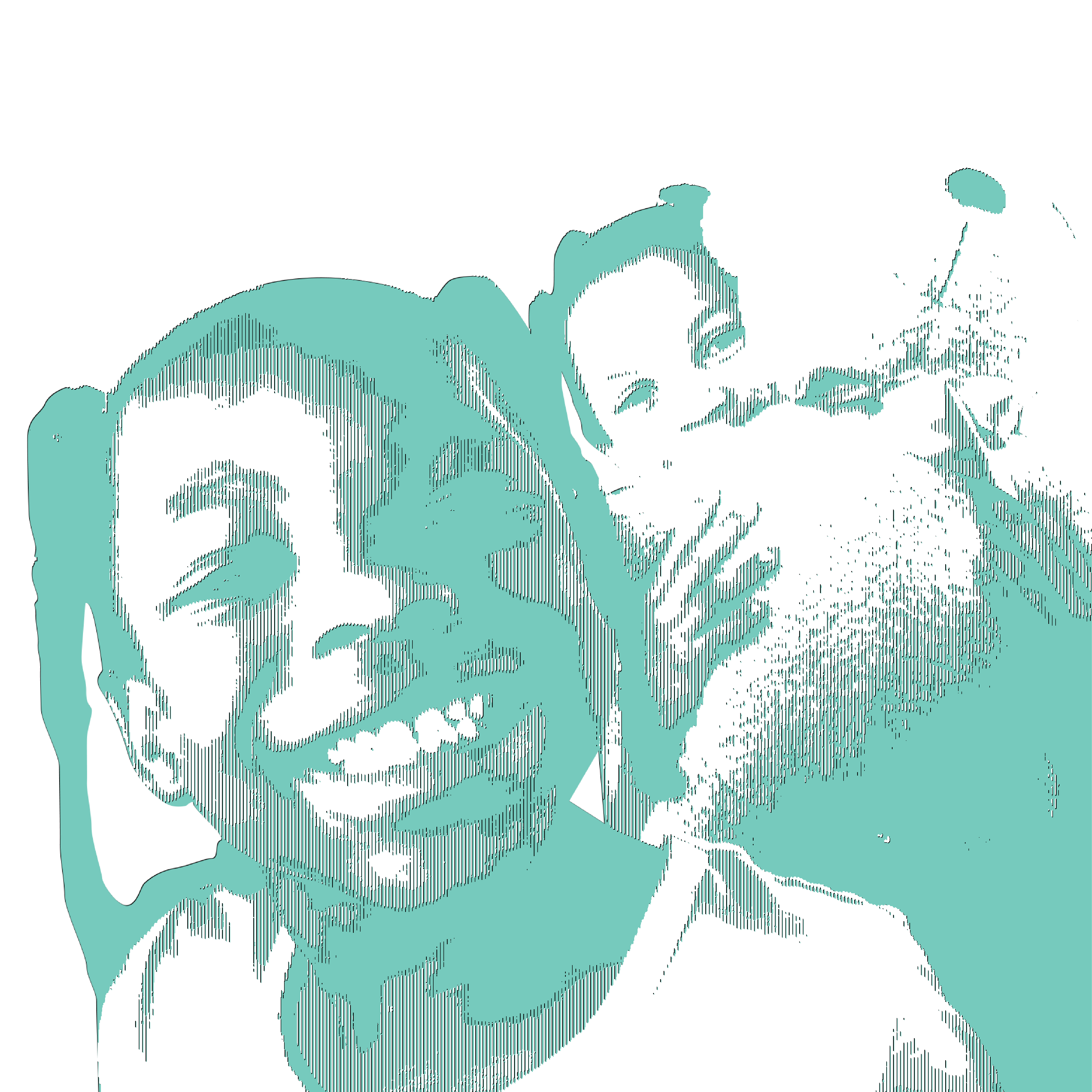In Ecuador, it seems as if most families will do whatever they can to make sure their children get a quality education. Sometimes, this means looking outside of the nation's public high school and university system, which often lacks resources.
That's what happened for Mercedes Riofrio, a native Ecuadorian now in her junior year at Elon University in Elon, N.C.
"If my parents didn't have their own company, they wouldn't be able to send me to school in the States," she said.
But before Riofrio came to America, her parents—exporters of Ecuadorian roses—made the decision to put her in private school, where their rambunctious little girl would have access to a better education. It was a choice her parents made—and many other parents struggle with—in Ecuador, where Riofrio says getting a public education was out of the question because of its lack of quality.
"Education is one of the main priorities of families of Ecuador," Riofrio said. "Families will use their whole life savings to make their children well educated. My parents have worked all their lives for my education. That has played a huge role in where I'm at now and why I want to get good grades."
According to a 2009 survey by UNESCO's Institute of Statistics, about 1.7 million Ecuadorian children age 6 to 11 were enrolled in primary school. But of those children, 18 percent attended private schools instead of public schools. Additionally, the most recent statistics on dropout rates by the Encyclopedia of the Nations ranks Ecuador 61 out of 165 countries, with a primary education dropout rate at 18.6 percent.
But in Riofrio's family, where learning is not taken lightly, private school was the best choice for success. Parents, siblings, cousins, even aunts and uncles — all attended universities in the United States to get degrees from institutions like Boston College, Virginia Tech and Yale, something Riofrio now says is a family tradition.
That's why Riofrio's parents wanted her to attend Colegio Menor San Francisco de Quito, a liberal arts high school in Cumbayá, Ecuador, just outside of Quito. There, she had access to classes taught in English, American teachers and, most importantly, college counselors who would help Riofrio keep the tradition of going to university outside of Ecuador alive.
"With these college counselors, we have these resources for applying to colleges in the States, which is really good because a lot of other high schools don't offer that," she said. "They'll get you a scholarship with whatever you're good at. … That's what I loved about my high school. They helped you excel in areas that you were good at."
And now that Riofrio is in school in America, she says it has revealed glaring differences in the two countries' educations systems.
"It's like people that are in the same field as I am, they are quite behind," Riofrio said. "Here in the States, there is a lot of competition and a lot of people want to strive to be the best at what they do, and that makes here harder. And I think a lot of my friends (in Ecuador) are, in a sense, mediocre because there's not that sense of competition."
Even though Riofrio is doing well at school in America – she'll be graduating a semester early – she says she is acutely aware of the sacrifices her parents made to allow her to attend Elon University, where she has a scholarship.
"I think definitely I am one of the lucky ones," she said. "Going to the high school I went to has brought me completely to another place. My life would be totally different because I would have never been able to speak English as well as I do…I think I wouldn't have even pursued the dream of going to school in States."









